By Hamish McNeilly for Stuff
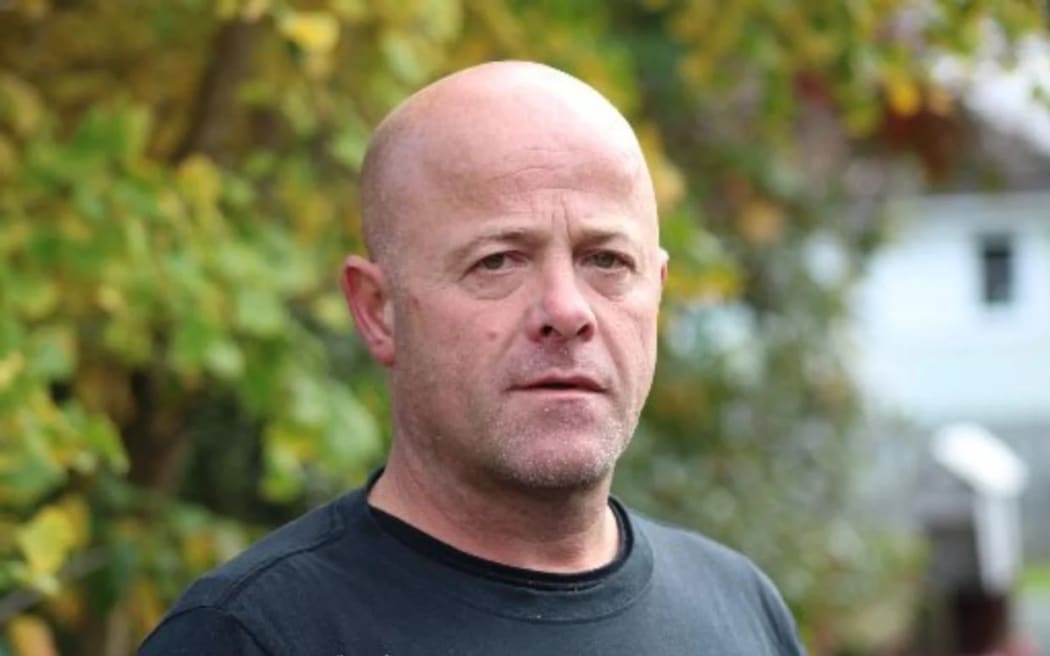
Photo: HAMISH MCNEILLY / STUFF
Mark Cummings knows what it's like to go up against the system, and lose.
When he lost his 15-year-old daughter, Jayde Cummings, in a crash, his own life started to collapse around him.
In the four and a half years since the death of his eldest child, Cummings had been sent to prison, lost his marriage, suffered a head injury, his mental and physical health deteriorated, as legal bills racked-up around him.
"It is a struggle to go forward."
All Cummings, 48, had wanted an apology from the Dunedin City Council and its contractor, Downer, which was tasked with checking the safety of rural intersections.
But that apology, and a handshake, didn't come until the end of the coronial hearing, almost four years after the crash.
That contrasted with the actions of Cummings, who in March 2021 took a cricket bat and smashed part of a lawyer's office and a council building after learning the teen driver behind the crash was discharged and had his criminal record wiped.
Cummings, now stuck inside the system, spent almost six months on remand.
''I was so angry and mad it was probably the best thing for me ... but that's with hindsight,'' he said in an interview with Stuff last year.
Fast forward a year and he wanted to meet with the other parties. He would not rule out further legal action.
It comes as the coroner found the cause of the crash was the carelessness of the driver, but a contractor's inaction contributed.
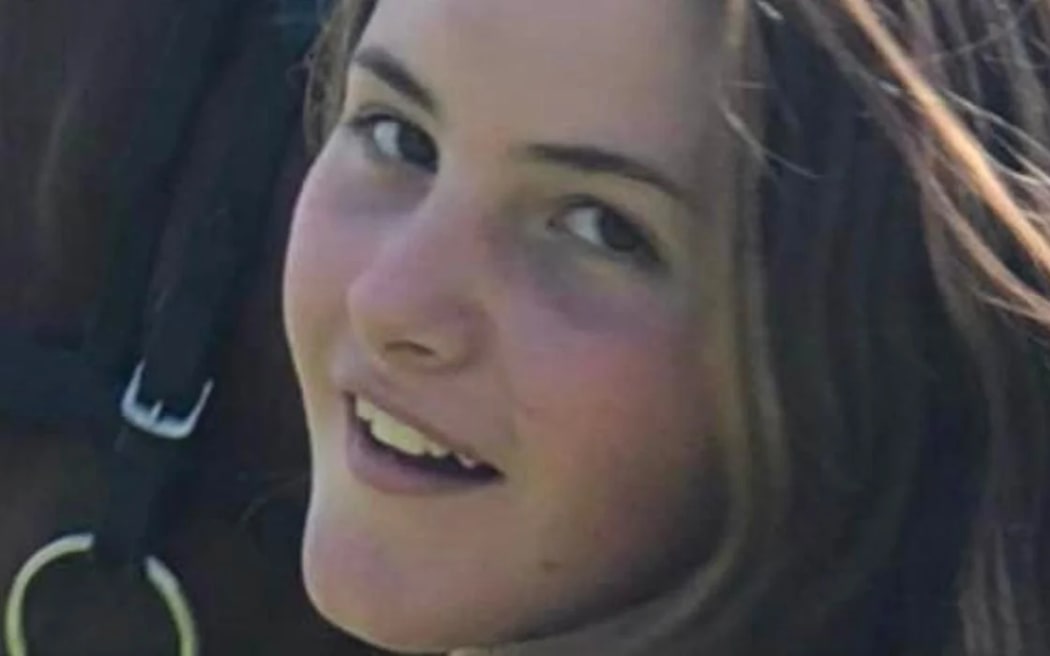
Jayde Cummings loved horses and playing sports. Photo: Stuff/ SUPPLIED
The crash
On September 17, 2019, about 5pm, Jayde told her mother, Lisa Park, that she was going out for a drive, and was reminded to not go on the motorway.
She said a friendly farewell - "later" - and walked out the front door, and then into a Mitsubishi ute driven by a 17-year-old driver.
The ute was later spotted driving past a CCTV camera about 5.17pm.
The driver, who cannot be named for legal reasons, later failed to stop at a stop sign-controlled intersection sign on Church Rd West by the township of Outram, near Dunedin, and crashed into a Holden Commodore driven by Stephen Macnee, 57, of Waihola.
Cummings died at the scene, and when people arrived - about 5.35pm - they freed Macnee from his seatbelt, but he died shortly afterwards.
The teenage driver, who suffered serious injuries, later admitted charges of careless driving causing death when he appeared in the Youth Court.
The driver, who was on a restricted licence at the time, had no memory of the crash.
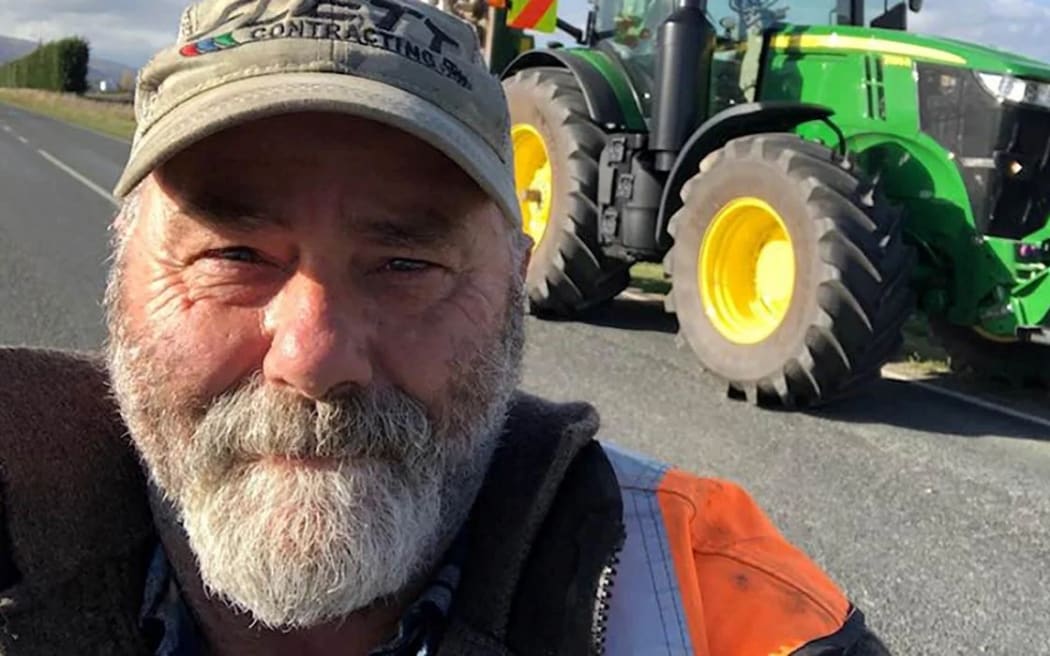
Steve Macnee was the other person who died in the crash. Photo: Stuff / Supplied
The deaths of Cummings and Macnee was the subject of a coroner's inquest by Coroner Marcus Elliott in Dunedin in May, and his 50-page finding has now be released.
The inquest looked at the Huntly Rd and Church Rd West intersection, including whether the stop sign, which was partly obscured by foliage, was visible as well as being the correct size.
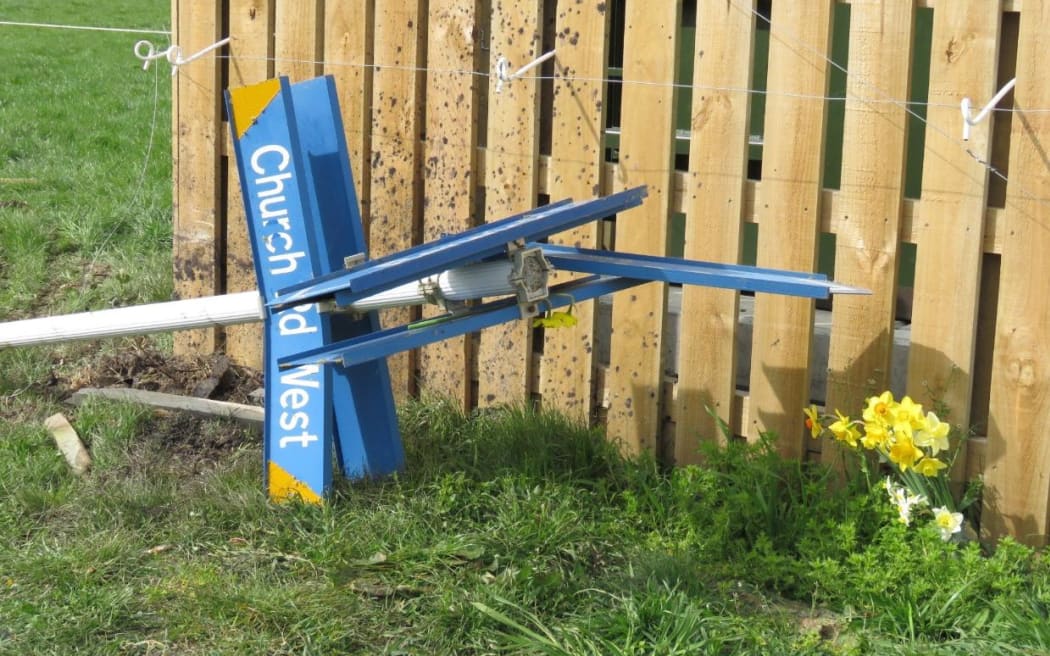
A sign was knocked down in the crash. Photo: HAMISH MCNEILLY / THE PRESS
A resident told the inquest it was difficult to see approaching vehicles at the intersection, and that was compounded with the "stop signs being covered, virtually half-covered with the foliage".
Based on evidence at the inquest, the coroner concluded that the reduced visibility made it not obvious to a driver that they were approaching an intersection, especially if travelling up to 100kph.
The coroner also noted there was no dispute that the left hand stop sign was obscured by foliage: evidence showed it was completely obscured to an approaching vehicle from 120m, partially visible from 50m, and fully visible from 30m.
Painted road marking detailing the word 'stop' on Church Rd West was faded and covered by debris.
There were no indications at the scene that the driver braked or skidded prior to the crash.
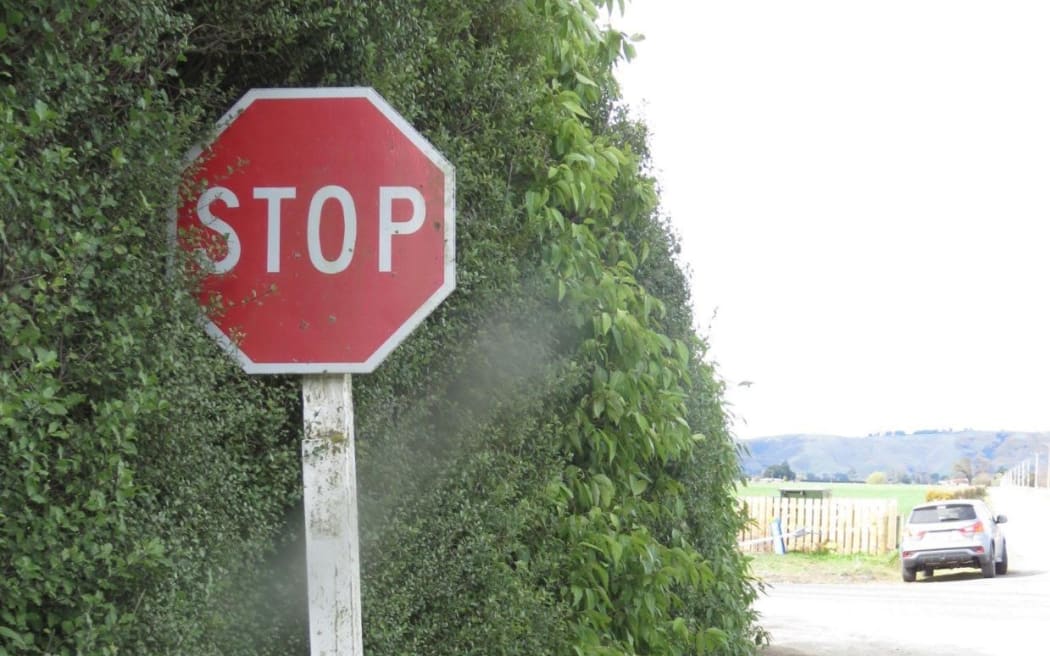
The stop sign was party obscured by foliage. Photo: HAMISH MCNEILLY / STUFF
The coroner concluded that while there an advanced warning sign of the impending intersection, it was more probable than not that the teen driver "did not perceive its location and therefore made no attempt to stop".
The council contractor, Downer Ltd, argued the crash was caused by driver carelessness, as the Youth Court found.
That was rejected by the coroner who also observed that the Youth Court judge noted that foliage was obscuring the left-hand stop sign.
While the crash was caused by driver carelessness, that relevant act of carelessness would not have taken place if the left hand stop sign had not been obscured by foliage.
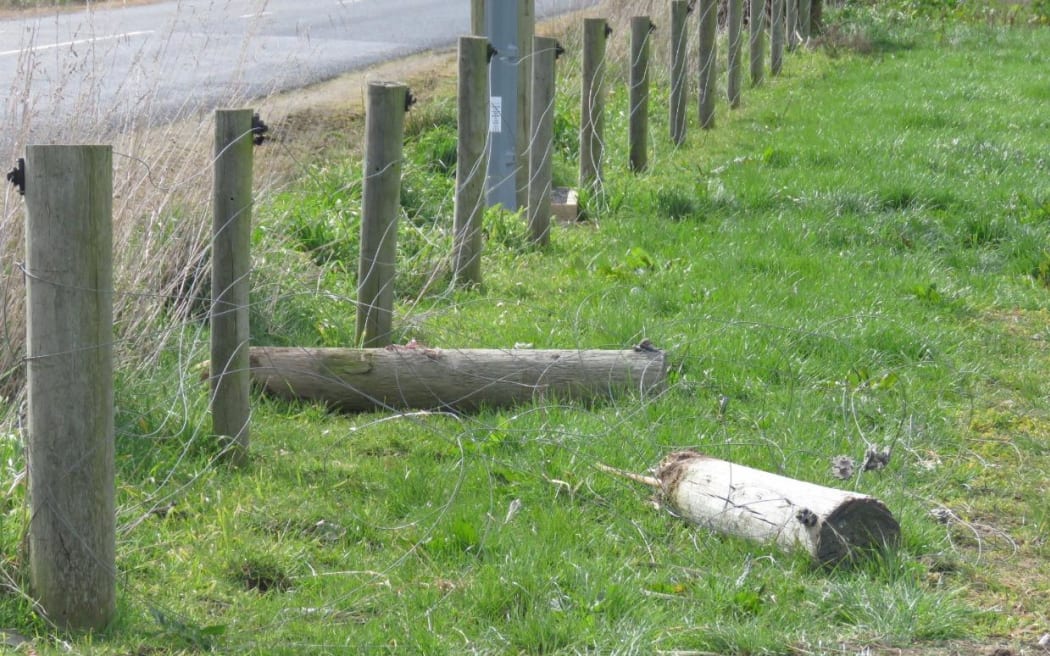
Damaged fence posts after the crash. Photo: HAMISH MCNEILLY / THE PRESS
The blame game
The coronial inquest heard the Dunedin City Council attended audits with Downer, with the last recorded joint inspection prior to the crash on May 23, 2019.
"The level of foliage in the road envelope at the time of the accident had not grown in a matter of weeks."
Despite that, the contractor nor the council had identified concerns over the large trees and overhanging branches, which were under the management of Delta.
Downer submitted that it was Delta that had a contractual obligation to identify and manage vegetation that encroached into the road envelope.
It had an obligation to undertake this work, yet there was no evidence Delta undertook any inspections, Downer argued.
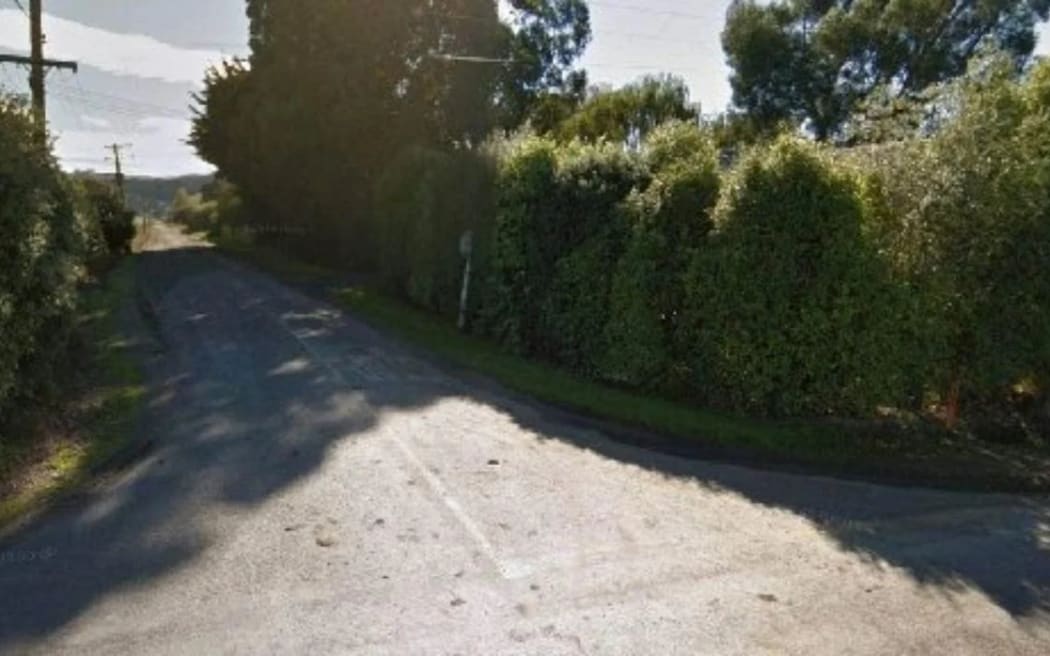
A Google street view picture of the overgrown foliage. Photo: HAMISH MCNEILLY / STUFF
The coroner noted that while the council had contracted Downer to assess safety risks, including regular audits of intersections, it "could not absolve itself of its legal responsibility as road controlling authority or delegate that legal obligation".
But Downer was contracted to carry out fortnightly inspections, which meant that about eight further inspections should have been carried out by Downer between that May inspection and the crash.
The finding
"Downer's inaction contributed to the crash and to the deaths of Jayde Cummings and Stephen Macnee," the coroner said in his findings.
Since the crash, the council had made several changes to improve the intersection's safety, including moving the left hand stop sign closer to the road, and using a larger sign.
A review of other rural intersections had identified 21 others to be prioritised for safety improvements.
The coroner noted the deaths of Cummings and Macnee once again illustrated the danger that drivers on long, straight rural roads may not identify the presence of an intersection in sufficient time to stop, and the importance of paying close attention to all signs and markings.
Given the council had completed a review of at-risk intersections, a recommendation was not required, nor was one needed over speed reduction for rural crossroads, with the council developing a speed management plan for those areas.
The coroner noted that Downer could not identify why the visibility issue was not identified.
He went further, adding that road controlling authorities (and those they contract) should take all reasonable steps to ensure that signage is visible to drivers and not obscured by foliage.
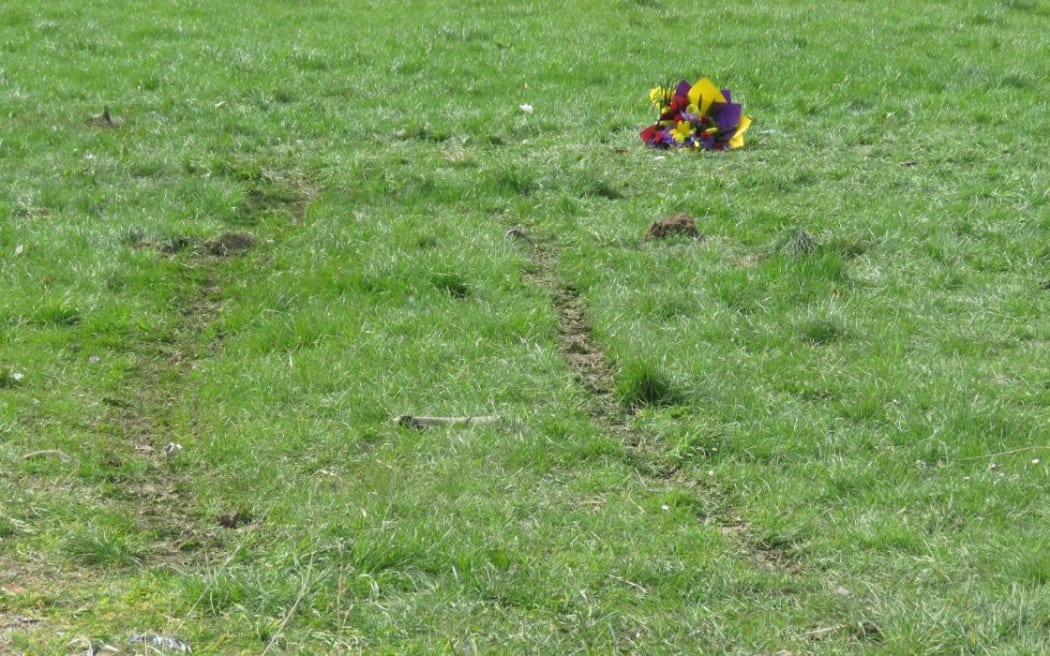
The crash scene near Outram in 2019. Photo: HAMISH MCNEILLY / THE PRESS
Downer, which no longer has the council contract for that work, supported this.
The coroner also recommended Waka Kotahi NZ Transport Agency should conduct a review of signs and markings at rural crossroads, and take appropriate steps to implement any safety changes.
Dunedin City Council chief executive Sandy Graham noted the tragedy and said "we once again express our sympathy to the families of Jayde Cummings and Steve Macnee".
The council, which was not found at fault by the coroner, had already taken steps to improve rural intersection safety but "that does not take away from the loss experienced by both families".
The council's work to improve rural intersections was ongoing.
Murray Robertson, Downer transport and infrastructure chief operating officer, who also expressed condolences to the victims and their families, welcomed the coroner's recommendations to improve safety and control risk at rural crossroads.
"We are incorporating such improvements into our practices and processes with the aim of ensuring all road signs and markings provide the safest possible environment for road users."
- This story was first published by Stuff.



